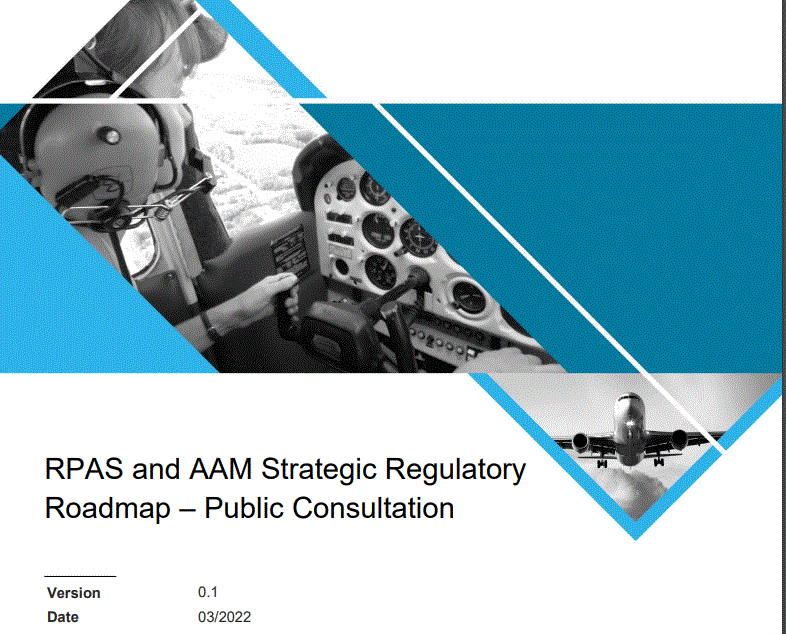
CASA is now seeking comment on the draft RPAS and AAM Strategic Regulatory Roadmap (the Roadmap). The intent of the Roadmap is to provide clarity about Australia’s future approach to aviation safety regulation and safety oversight for RPAS and AAM.
Broadly, CASA see three eras of evolution:
Near Term (2-5 years) – 2023 to 2026
“It is likely there will be increased demand for CASA to provide approvals such as EVLOS/BVLOS operations, remote operator centres (ROC), the use of Australian-registered aircraft for international operations, increased automation, operations above 400ft and other new and novel operations. Some of these operations will present greater challenges around safety mitigations. There may also be expanded use of micro RPA for commercial activities with increased demand driven by advances in technology, aircraft affordability and a reduction in regulatory constraints.
“Within five years, the diversity of small to medium RPAS operations will be better understood with clearer approval pathways harmonised with national and international regulation. Focus is expected to shift toward the implementation of systems and services needed to support more complex operations in shared airspace. Through trials, education and demonstration activities, the AAM sector will begin to demonstrate the potential benefits it can provide to introduce new services to remote and hard-to-reach communities and enhance and extend existing transport mobility options to increase connectivity. The industry will look to type certify piloted vehicles initially, followed by certification of large RPA and AAM. It’s likely that planning and development will also begin for vertiports and other supporting infrastructure.
Medium Term (5-10 years) – 2026 to 2031
“By 2030, most currently known use cases for RPAS are expected to be mature with expansive access to lower-level airspace and regulation, and technologies enabling EVLOS and BVLOS operations in shared airspace across both urban and rural environments. There will be increased requirements for training as more complex operations and new technologies demand increased levels of competency and may require different skillsets from what has been previously learned. Research and development activities will continue with testing of more complex operations and larger platforms, as well as higher levels of autonomy. The AAM sector will continue to mature with the introduction of the first commercial applications, including scheduled passenger transport in urban areas. There may also be the introduction of the first fully autonomous aircraft on a limited scale.
Long Term (10-15 years) – 2031 to 2036
“By the mid-2030s, low level airspace is expected to be occupied by large numbers of RPAS of unique designs, purposes, and capabilities, with this technology providing a fast, cost effective execution of previously labour intensive operations. Advancements in technology will also drive proliferation of aircraft types, with a blurring of lines between RPAS technologies, AAM and traditional aircraft systems, as hybrid traditional designs emerge, and operators recognise the commercial benefits these new technologies can deliver. Commercial AAM operations will expand to include multiple scheduled passenger transport applications supported by safe and efficient transport routes. As the AAM sector scales, this decade will likely see the entry into service of autonomous vehicles. Rich sources of quality data to support informed safety related decision making for ongoing expansion and future development in the RPAS and AAM sectors will be readily available due to time in operation.”
For more information
https://consultation.casa.gov.au/stakeholder-engagement-group/rpas-and-aam-roadmap-consultation/

